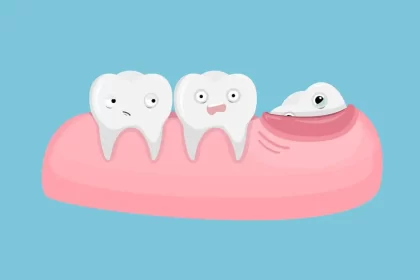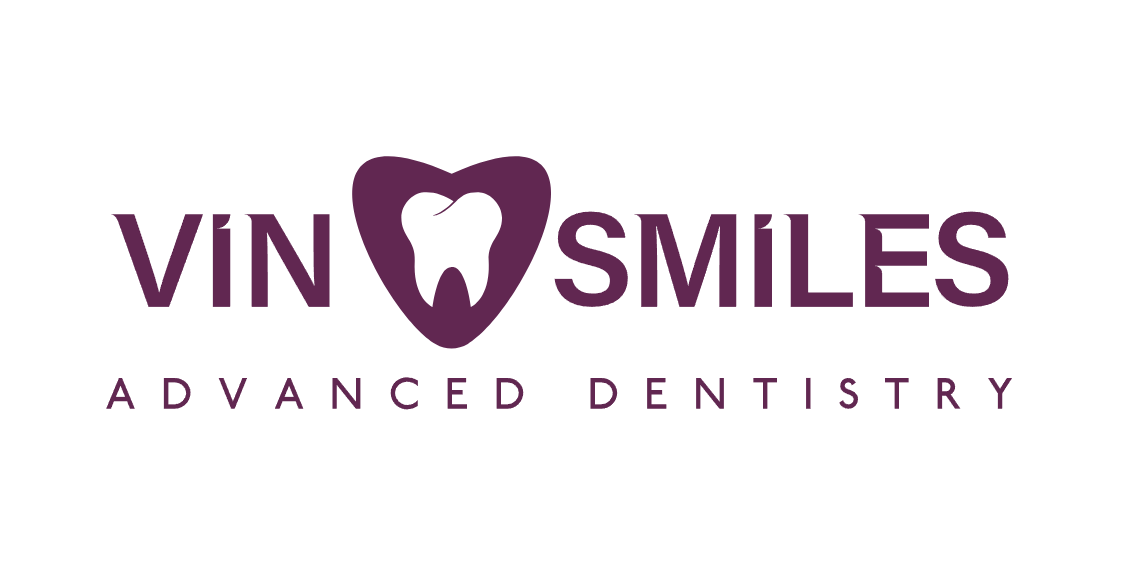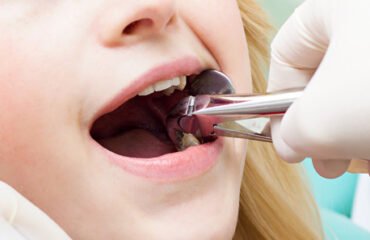 IMPACTED TOOTHA tooth is said to be impacted when it remains stuck in gum tissue or bone and is not in occlusion(contact) with opposite toothTooth impaction: A condition in which tooth fails to fully grow out (erupt) from gums or underlying bone. Teeth start to pass through the gums (emerge) during infancy. this happens again when permanent teeth replace the primary teeth. If a tooth does not come in or emerges only partially, it is considered to be impacted. This most commonly happens with the wisdom teeth (3rd set of molars) they are last teeth to erupt they usually come in between the ages of 17 and 21. CAUSES: Normal eruption of teeth can be disturbed due to various factors such as mechanical obstacles, odontomas, ankylosis and various other medical syndromes. An impacted tooth remains stuck in gum tissue or bone for various reasons.
IMPACTED TOOTHA tooth is said to be impacted when it remains stuck in gum tissue or bone and is not in occlusion(contact) with opposite toothTooth impaction: A condition in which tooth fails to fully grow out (erupt) from gums or underlying bone. Teeth start to pass through the gums (emerge) during infancy. this happens again when permanent teeth replace the primary teeth. If a tooth does not come in or emerges only partially, it is considered to be impacted. This most commonly happens with the wisdom teeth (3rd set of molars) they are last teeth to erupt they usually come in between the ages of 17 and 21. CAUSES: Normal eruption of teeth can be disturbed due to various factors such as mechanical obstacles, odontomas, ankylosis and various other medical syndromes. An impacted tooth remains stuck in gum tissue or bone for various reasons.- The area may be overcrowded leaving no room for tooth to emerge. For example, the jaw may be too small to fit the wisdom teeth.
- Teeth may also become twisted, tilted, or displaced as they try to emerge. this results in impacted teeth.
- Angular impaction
- Partial impaction
- Horizontal impaction
- Vertical impaction
- Mesioangular
- Horizontal
- Vertical
- Distoangular
- Palatal
- Buccal
- Lingual
- Bad breath
- Difficulty in opening mouth
- Pain or tenderness of the surrounding gums
- Prolonged headache or jaw ache
- Redness or swelling of the gums around the impacted tooth
- Swollen lymph nodes of neck (occasionally)
- Unpleasant taste when biting down on or near the area
- Abscess of tooth or gum area
- Chronic discomfort in the mouth
- Infection
- Malocclusion of teeth
- Plaque trapped between teeth and gums
- Periodontal disease on the neighboring tooth
- Nerve damage, if the impacted tooth is near a nerve in the jaw called mandibular nerve.
- Waiting and monitoring: If your impacted tooth isn’t causing any symptoms your dentist may suggest a wait-and see approach. with this approach, instead of surgically removing the tooth, your dentist will regularly monitor it so that they can see if any problem develops. This is easy if you go in for regular dental checkups
- Surgery: if you are experiencing pain and other unpleasant effects from an impacted tooth, your dentist recommends extraction surgery, particularly in case of impacted wisdom teeth. They may also recommend extraction if the impacted tooth will have a negative effect on adjacent teeth
- Eruption aids: when the canine teeth are impacted, eruption aids may be used to get the tooth to erupt properly. Eruption aids may include braces, brackets, or by extraction of teeth that is blocking canine eruption.
- Sedation or anesthesia: you may have local anesthesia, which numbs your mouth; sedation anesthesia that depresses your consciousness
- Tooth removal: during extraction your dentist or oral surgeon makes an incision in your gums and removes any bone that blocks access to the impacted tooth root. After removing the tooth, the dentist typically closes the wound with stiches and pack the empty space(socket)with gauze.
- Keep the cotton pack, biting it tightly for next 1 hour
- Do not spit outside for next 6-8 hours, keep swallowing saliva
- Do not rinse out/ Gargle for next 8-10 hours. Do passive rinsing
- Apply ice externally for 10 to 15 minutes. every hour for next 6-8 hours
- Have liquids with glass and do not use straw
- Have soft and cold diet for next 3-4 days
- Start rinsing with warm saline water after 24 hrs and continue 4 to 5 times daily for next 3 to 4 days
- Take medication as prescribed by your dentist
- Stich removal to be done after 7 days
- Painful socket, or exposure of bone if post-surgical blood clot is lost from the socket
- Infection in the socket from bacteria or trapped food particles
- Bleeding from site of extraction.
- When you have an unemerged tooth or partially emerged tooth and you have pain in the gums or other symptoms
- Redness around partially erupted tooth
- Difficulty in opening mouth
- Pain while chewing on the side of impacted molar
- Bad breath.



